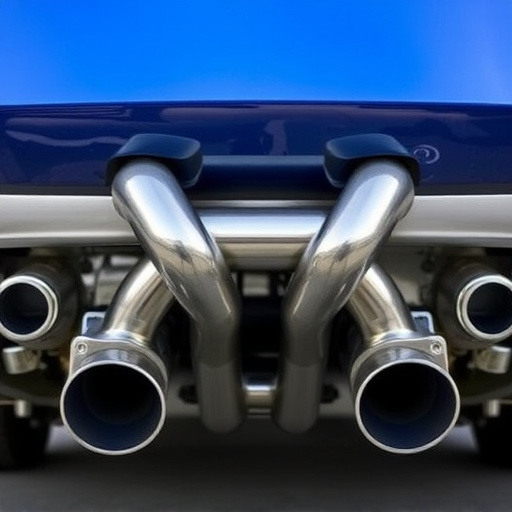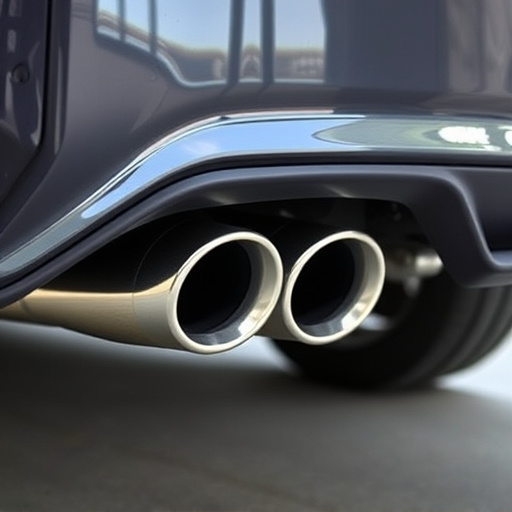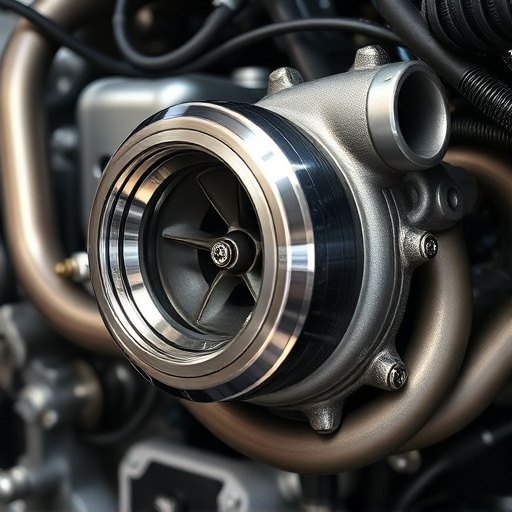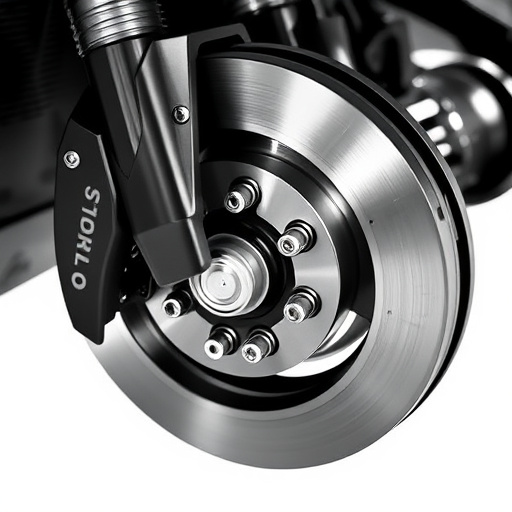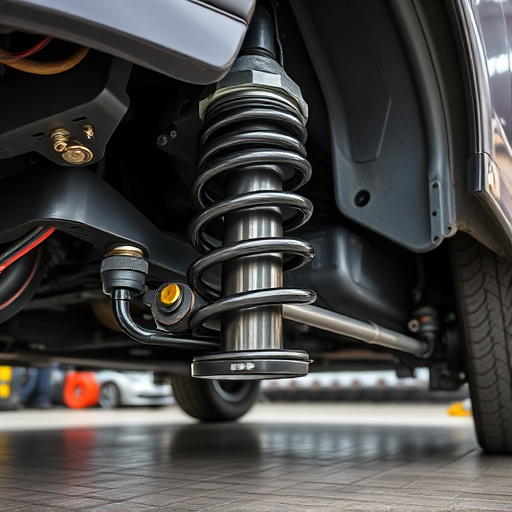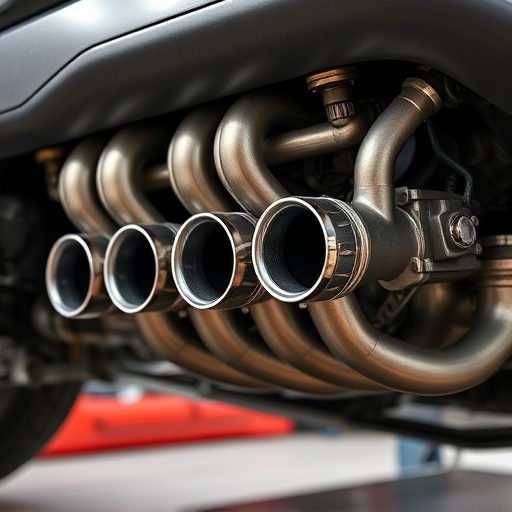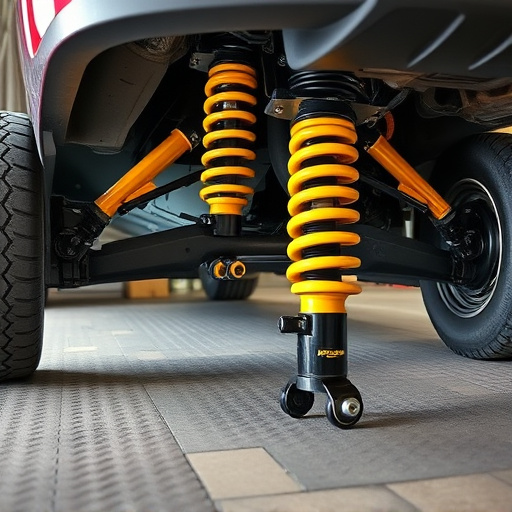The brake master cylinder is a vital part of a vehicle's braking system, converting driver pedal pressure into hydraulic force to slow or stop wheels safely. Comprising key components like the cylinder body, piston, fluid reservoir, and seals, regular maintenance—including leak checks, fluid levels, and replacing worn parts—is crucial for optimal brake master cylinder performance, especially with high-performance modifications, ensuring maximum braking effectiveness and enhanced vehicle safety.
Diagnosing issues with your vehicle’s brake master cylinder is crucial for ensuring safe driving. This component plays a vital role in enabling precise braking control, making its proper functioning essential. Understanding its components and operation principle is the first step. Look out for common signs like reduced braking power or unusual noises, which may indicate problems. Effective diagnosis involves visual inspections, fluid level checks, pressure tests, and examining related parts. Timely troubleshooting can prevent serious accidents, underscoring the importance of recognizing these issues promptly.
- Understanding the Brake Master Cylinder: Its Function and Components
- – Definition and role of the brake master cylinder
- – Key components and their functionalities
Understanding the Brake Master Cylinder: Its Function and Components
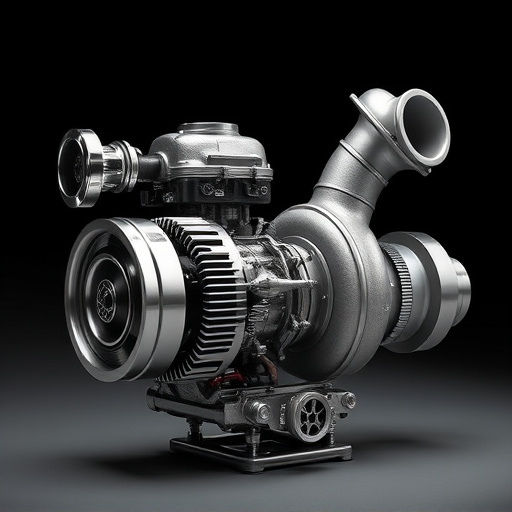
The brake master cylinder is a vital component in a vehicle’s braking system, responsible for generating hydraulic pressure that allows brakes to function effectively. It acts as the heart of the braking mechanism, ensuring each wheel receives adequate force during stopping or slowing down. This cylinder converts the driver’s pedal pressure into hydraulic pressure, which is then transmitted through a series of tubes and calipers to slow or stop the vehicle’s wheels.
Understanding its components is crucial for identifying potential issues. The main parts include the cylinder body, master cylinder piston, fluid reservoir, and various seals and pistons. These components work together to create the hydraulic force that applies pressure to the brake pads at each wheel, enabling controlled deceleration. Any malfunction in these parts can lead to braking problems, necessitating regular maintenance and prompt attention to ensure vehicle safety.
– Definition and role of the brake master cylinder
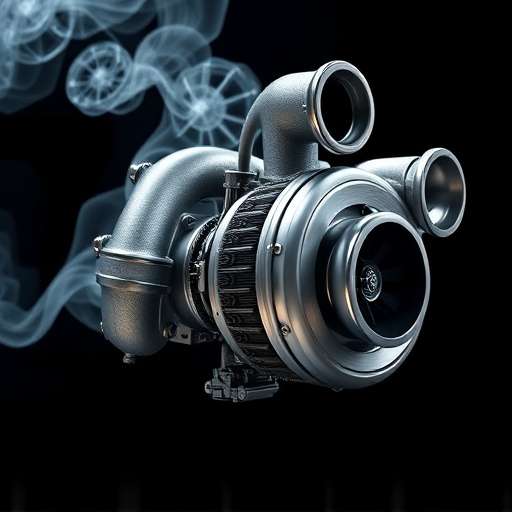
The brake master cylinder is a vital component in a vehicle’s braking system, responsible for generating the pressure that activates the brakes. Acting as the heart of the braking mechanism, it converts the driver’s pedal presses into hydraulic force, ensuring each wheel receives the necessary power to slow or stop the car. This compact yet crucial device plays a significant role in maintaining optimal vehicle control and safety on the road.
When issues arise with the brake master cylinder, such as leaks, faulty operation, or decreased performance, it can lead to reduced braking effectiveness. Regularly checking and maintaining this component is essential, especially when considering that its failure could result in hazardous driving conditions. Proper maintenance involves inspecting for leaks, ensuring proper fluid levels, and replacing worn-out parts to keep the cylinder operating at peak efficiency, complementing high-performance exhaust systems, top-tier intake components, and effective air filter kits for a seamless braking experience.
– Key components and their functionalities
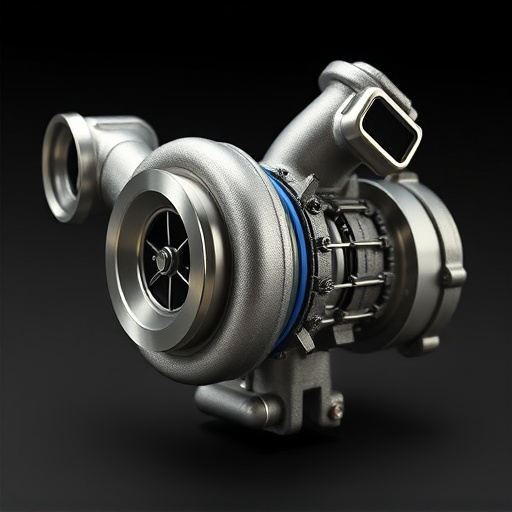
The brake master cylinder is a critical component in any vehicle’s braking system, responsible for generating the hydraulic pressure that activates the brakes. It acts as the heart of the braking mechanism, ensuring each wheel receives sufficient force to slow or stop the vehicle. Key parts include the master cylinder body, which houses the hydraulic fluid and piston; the piston, which moves up and down to create pressure; and the master cylinder reservoir, storing the brake fluid. When operating smoothly, these components work in harmony, enabling drivers to control their vehicles effectively.
Understanding how each part contributes is essential for diagnosing issues. For instance, a leak in the master cylinder body can lead to reduced fluid levels, impacting braking performance. Similarly, a worn-out piston may cause inconsistent pressure delivery, resulting in soft or unresponsive brakes. Even components indirectly linked, such as cold air intakes and performance exhaust systems, can influence overall vehicle performance, including braking efficiency. Regular maintenance and timely repairs are crucial to ensuring the brake master cylinder operates optimally, enhancing safety on the road.
Diagnosing issues with your vehicle’s brake master cylinder is essential for ensuring safe and effective braking. By understanding its key components and functions, as outlined in this article, you can effectively identify problems and take necessary actions. Regular maintenance and prompt attention to any anomalies can prevent serious accidents and save costly repairs. Remember, a well-maintained brake master cylinder is crucial for your peace of mind and the safety of your passengers.
